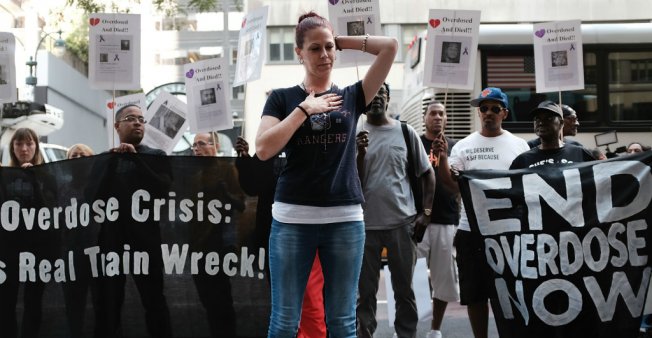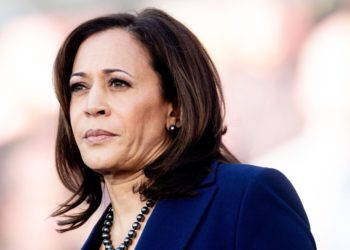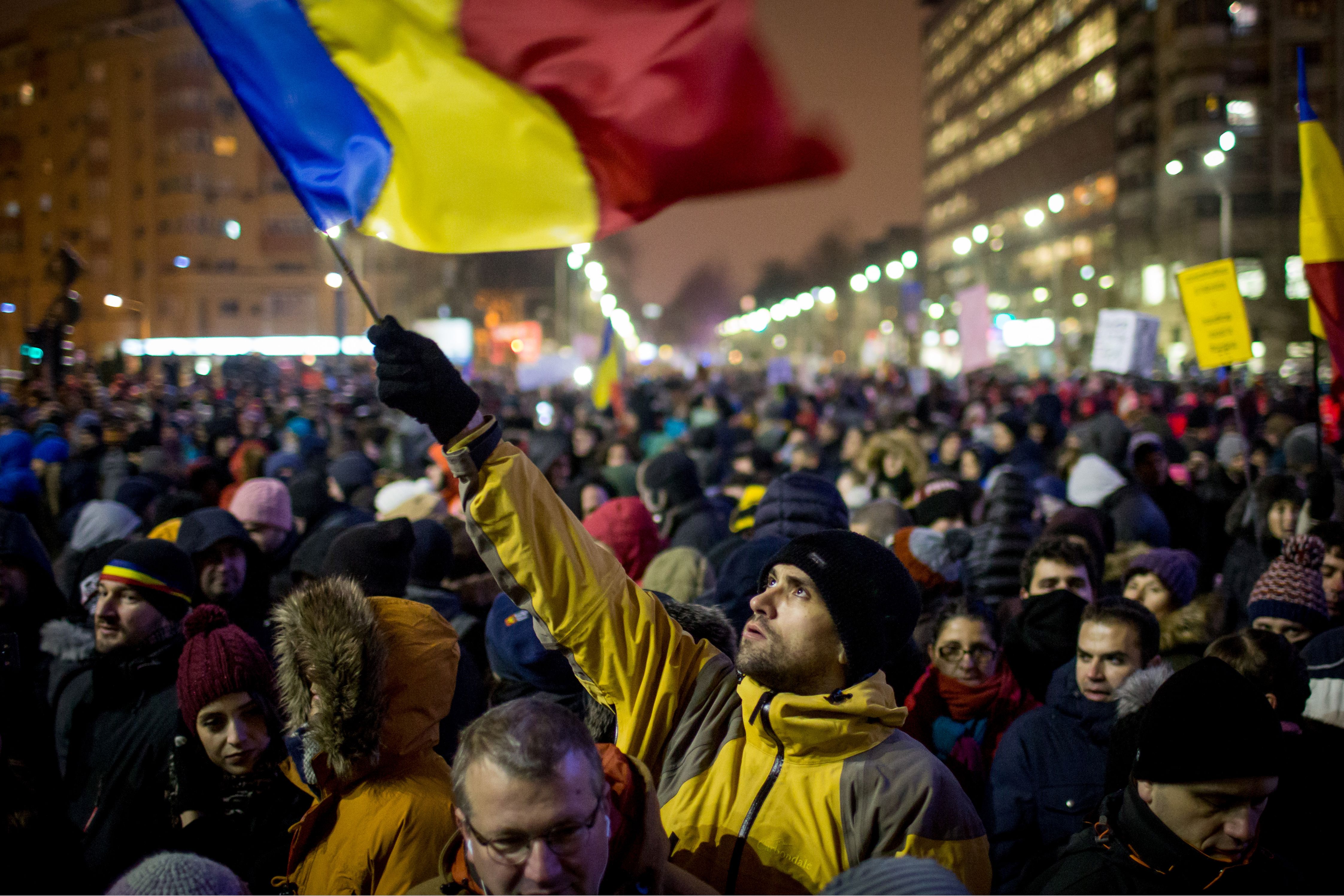Three leading drug distributors and an Israeli drugmaker blamed for a deadly U.S. opioid epidemic settled with plaintiffs Monday just hours before they were to go on trial, a federal judge announced.
The deal is worth $260 million to two Ohio counties at the center of the lawsuit but could spell billions more for 2,700 US communities devastated by addiction and overdose epidemic.
The settlement involved the three leading U.S. drug distributors — Cardinal Health, Amerisource Bergen, and McKesson Corp and Israel’s generic drug manufacturer Teva.
Pharmacy chain Walgreens will continue to go to trial at a later date, said Federal District Judge Dan Polster.
“I want to thank all the lawyers. This would have been a very, very interesting trial to preside over,” he told the court.
Although the deal involved only Cuyahoba and Summit counties of Ohio, it stands as a possible bellwether for states, cities, counties and Native American communities around the country.
They ultimately could win more than the $18 billion in cash and $30 billion of in-kind payments that plaintiffs rejected in negotiations Friday.
“The proposed settlement will make significant progress to abate the epidemic by providing resources for and applying funds directly to necessary opioid-recovery programs,” lawyers for the plaintiffs in the national class action suit said.
Three major drug distributors — McKesson, AmerisourceBergen and Cardinal Health — are discussing an $18 billion settlement to resolve opioid litigation brought by state and local governmentshttps://t.co/AJg5Pfrzdi
— Axios (@axios) October 16, 2019
Not a Global Settlement
They noted that the deal announced Monday was not a “global settlement” and that the broader lawsuit representing 2,700 communities would continue to move forward.
Johnson & Johnson had previously broken away with its own settlement, a $20.4 million deal with the two Ohio counties, which encompass the cities of Cleveland and Akron.
That came after Johnson & Johnson was ordered in August to pay $572 million to compensate Oklahoma state for the costs of dealing with the addiction crisis.
Polster, the judge presiding over the case, had pressured all sides for months to come to a deal to avoid a grinding, lengthy trial. But the parties could not come to an agreement on a proposed settlement valued at $48 billion, including $18 billion in cash, after meetings on Friday.
Four states involved in the litigation were in support. But other states and many smaller litigants were dissatisfied with the amount, the size of the cash component, lawyers’ fees and the way the money would be distributed.
“Every expert who has looked at this issue believes our country will be dealing with the fallout from this class of drugs for many years,” Ohio Attorney General Dave Yost said in a statement last week. “Any recovery must be directed toward solving the problem, and not diverted to other uses.”
The proposed settlement amount would be only a fraction of the overall cost.
A study released this week estimated that the opioid epidemic cost the U.S. economy at least $631 billion from 2015 to 2018. The Society of Actuaries report projects that for this year alone the cost could be $172-214 billion.
Nearly one-third of the 2015-2018 costs was in health care spending for addicts and infants born to addicts. Some 40 percent was for the costs of early deaths, and the rest was for child and family care programs, criminal justice and lost productivity.
Communities say they are already under heavy financial pressure and don’t want to spend years fighting in court — giving the drugmakers and distributors some leverage.
Accidental Opioid Overdose More Likely to Kill You in US Than Motor Vehicle Crash























